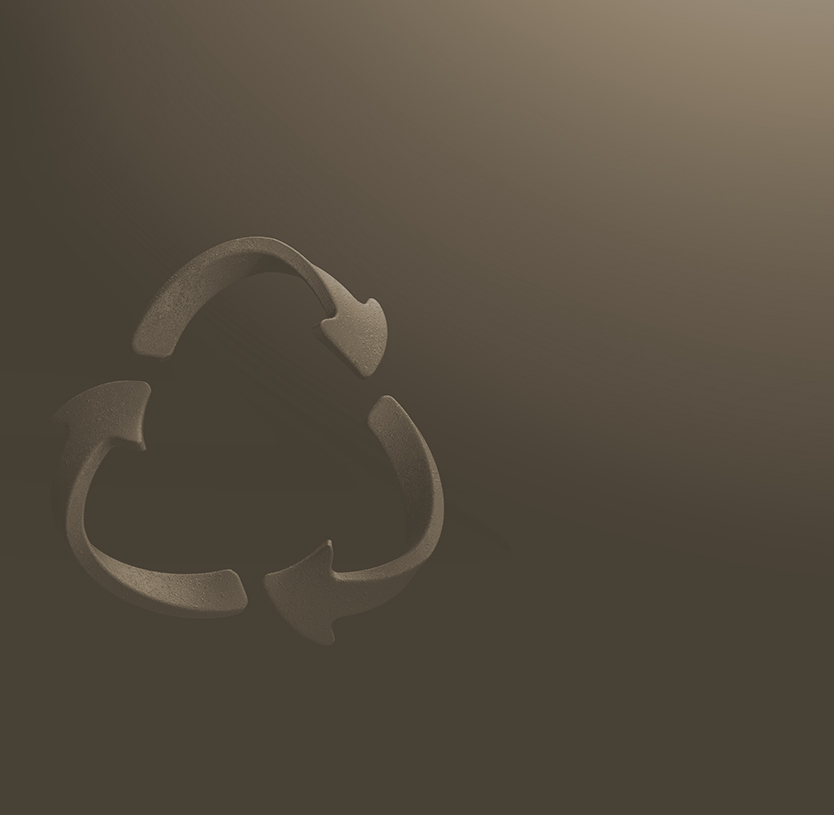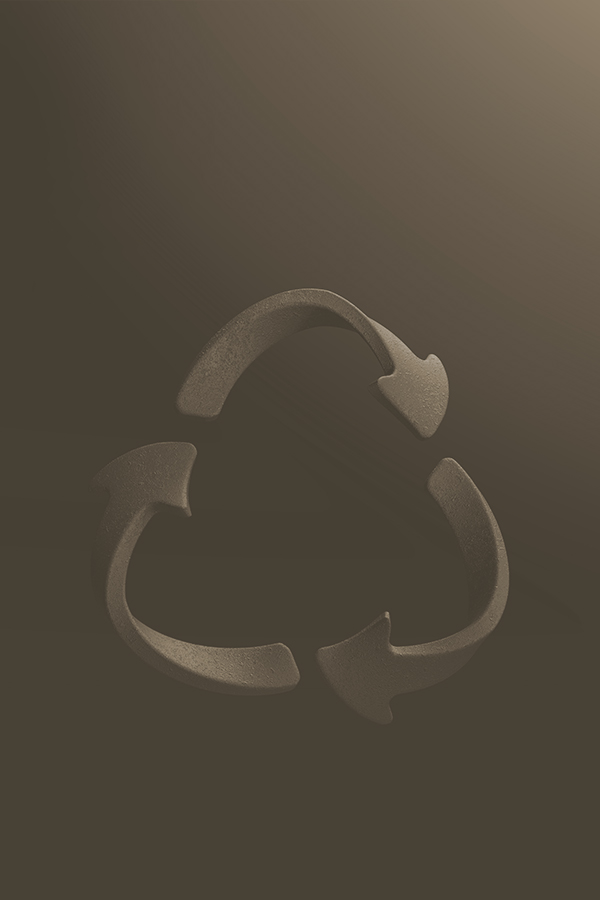


Municipal Solid Wastes (MSW) that has been collected and kept for years on some barren land or landfill for long periods of time is called Legacy waste. One often notices large mountains of waste outside city limits. These are typically stock piles of Legacy Waste.
It is inevitable for all modern cities to have a trenching ground which has been dumped with huge quantities of municipal solid waste for years. This piece of land is an aesthetic and environmental disaster for city councils who regularly struggle with the administrative costs for such locations. Dumped waste is also a source of bad odour, poisonous smoke, and polluted underground water.
Every summer all metro cities like Delhi, and Mumbai have faced problems of fire hazards on trenching grounds.
Legacy wastes are liable to become a breeding ground for pathogens, flies, malodours and the generation of leachate, which may lead to water contamination.
They aid the proliferation of greenhouse gases and pose the risk of devastating fires.
The scientific process of excavation, treatment, segregation and gainful utilisation of aged municipal solid waste or legacy waste is called Biomining, according to the guidelines of the Central Pollution Control Board (CPCB).
Biomining is an environmentally friendly technique to separate soil and recyclables like plastic, metal, paper, textiles, Construction & Demolition waste materials and other solid materials from legacy waste. It provides a reliable solution to complex environmental issues and uses environmentally friendly techniques for materials sorting and segregation for further use, recycling, or filling low-lying areas.
Biomining practically involves the following steps:
Screening / Classification of C&D Waste Materials
Our advanced waste processing systems help you convert the C&D waste component from legacy waste into recycled sand and aggregates that have a range of uses in a variety of construction applications.
Each plant we design includes a variety of processing phases depending on your specific requirements:
The scientific process of excavation, treatment, segregation and gainful utilisation of aged municipal solid waste or legacy waste is called Biomining, according to the guidelines of the Central Pollution Control Board (CPCB). Legacy wastes also include Trommel fines which consist of materials such as wood, aggregate, sand, glass and organics which are typically smaller than 30mm-50mm in size.
Through density separation techniques, Our recycling solutions size and separate materials to recover as many valuable resources as possible.
Our trommel fines solution washes the waste products, and removes contamination from sand, grit and stone, liberating unwanted lightweight matter. The solution is also designed with the contamination levels of the waste in mind and can remove heavy metals and hydrocarbons for specific applications.
By washing the inert materials to remove contamination, clean sand and aggregates extracted from the trommel fines waste can be resold and reused in the secondary aggregates market to close the loop on waste.